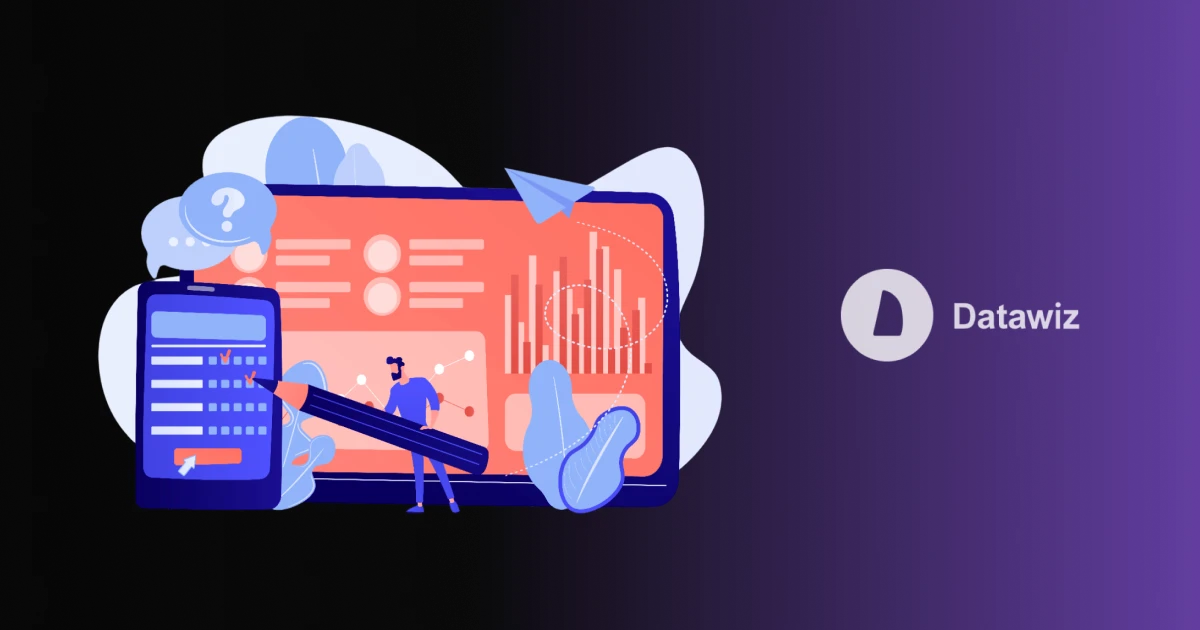Retail chains today face one of the most complex challenges in commerce: setting the right price. A single number on a price tag can define whether a product sells quickly, lingers on the shelf, or damages brand perception. Retail price optimization is no longer about gut instinct or copying competitors. It is a data-driven discipline that uses analytics, artificial intelligence, and customer insights to maximize revenue, margins, and long-term customer loyalty.
What Is Retail Price Optimization?
Retail price optimization is the process of determining the most effective price for each product in a retailer’s assortment. It balances customer demand, competitive pressure, market trends, and business objectives to achieve profitability and growth.
Unlike traditional pricing, which might rely on fixed markups or periodic discounting, price optimization in retail uses algorithms and predictive models to simulate customer behavior under different price scenarios. The goal is not only to sell more but to sell smarter — protecting margins while remaining attractive to customers.
Key components of optimization include:
- Demand forecasting – anticipating how customers will respond to different prices.
- Elasticity modeling – measuring how sensitive sales are to price changes.
- Competitive analysis – tracking how rivals position similar products.
- Segmentation – identifying which customer groups are willing to pay premium vs. value-driven prices.
Why Retail Pricing Optimization Matters
Pricing is the most powerful lever in retail profitability. Studies consistently show that even a small improvement in pricing accuracy can lead to significant increases in margin. For large retail chains operating thousands of SKUs, the impact is exponential.
The importance of optimization lies in its ability to:
- Protect margins – preventing unnecessary discounting.
- Clear inventory strategically – moving products at the right pace before they become obsolete.
- Enhance customer trust – maintaining fair, transparent prices that reflect value.
- Support omnichannel strategies – ensuring consistent pricing across online and offline touchpoints.
Without structured optimization, retailers often fall into two traps: pricing too high and losing volume, or pricing too low and sacrificing profitability.
Core Challenges in Retail Price Optimization
Retailers face several hurdles when trying to implement effective pricing strategies:
- Complex assortments: Large chains may manage tens of thousands of SKUs, each requiring different pricing logic.
- Dynamic competition: Online and offline competitors adjust prices frequently, raising customer expectations for fairness.
- Promotional dependency: Heavy reliance on discounts can erode brand value and customer trust.
- Data silos: Pricing, sales, promotions, and inventory data often sit in separate systems, making analysis difficult.
- Changing consumer behavior: Shoppers are more price-aware, often comparing in real time on mobile apps.
These challenges highlight the need for robust retail price optimization software that integrates data sources and delivers actionable insights.
Elements of a Price Optimization Strategy
A successful price optimization strategy combines business objectives with customer-centric analytics. It usually includes:
- Objective setting – defining whether the priority is margin growth, revenue maximization, or market share expansion.
- Data integration – consolidating POS data, inventory levels, promotional history, and competitor prices.
- Elasticity modeling – understanding how different products and categories react to price shifts.
- Dynamic adjustment – enabling real-time or near-real-time price changes in response to market events.
- Scenario testing – simulating “what-if” pricing changes before implementation.
- Continuous learning – refining models as new data comes in, ensuring accuracy over time.
When these elements are in place, pricing moves from being reactive to becoming a strategic growth driver.
Technology and Retail Price Optimization Software
Modern retailers cannot rely solely on manual spreadsheets or intuition. The complexity of today’s environment requires advanced analytics and automation. Retail price optimization software provides this capability, enabling retailers to process vast datasets, detect hidden patterns, and generate pricing recommendations.
The role of technology in price optimization includes:
- Machine learning models that continuously learn from historical and real-time data.
- Automated repricing that adapts to competitor changes and market demand.
- Visualization tools that make pricing insights accessible to category managers and executives.
For example, the retail analytics softwareDatawizprovides retailers with advanced price optimization and analytics capabilities, helping them move from guesswork to evidence-based pricing decisions.
The Role of AI and Predictive Analytics in Price Optimization
Artificial intelligence (AI) has taken retail pricing optimization to the next level. Predictive models use historical transactions, seasonal trends, and competitor benchmarks to forecast how price changes will affect demand.
AI-driven pricing enables:
- Personalized pricing – tailoring offers to specific customer segments.
- Real-time optimization – reacting instantly to market changes.
- Promotion planning – predicting which discounts will drive incremental sales vs. cannibalizing existing demand.
- Long-term simulations – understanding the future impact of today’s pricing decisions.
The key advantage is scalability. While human managers might effectively oversee pricing for a few hundred SKUs, AI systems can optimize tens of thousands simultaneously, adjusting to local store conditions and regional market dynamics.
Practical Applications of Retail Price Optimization
Retailers across industries use optimization in different ways:
- Grocery chains: Managing perishable goods, reducing waste through dynamic markdowns.
- Fashion and apparel: Timing end-of-season discounts to clear inventory without eroding brand value.
- Electronics retailers: Staying competitive against e-commerce giants with dynamic, market-aware pricing.
- Pharmacy chains: Balancing regulated items with promotional flexibility in non-regulated categories.
In every case, the result is better alignment between customer expectations, market realities, and business objectives.
Measuring Success in Price Optimization
Retailers often track several KPIs to evaluate the impact of pricing initiatives:
- Gross margin return on investment (GMROI)
- Sell-through rates
- Inventory turnover
- Promotion ROI
- Customer price perception indexes
These indicators provide feedback loops for continuous improvement, ensuring that retail price optimization remains effective over time.
Retail price optimization has evolved from a back-office calculation into a strategic pillar of retail management. By combining advanced analytics, AI-driven models, and dedicated retail price optimization software, chains can make smarter, faster, and more customer-centric decisions.
Those who embrace a data-first mindset will not only improve profitability but also build stronger, trust-based relationships with their customers.
 What's new?
What's new?





 No credit card required
No credit card required